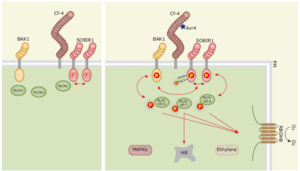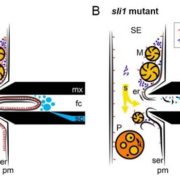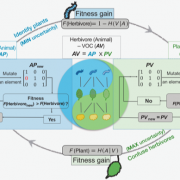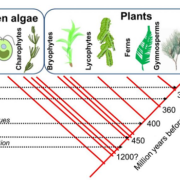Receptor-like cytoplasmic kinases of different subfamilies differentially regulate immune responses
 Cell surface receptor complexes act as the first line of defense in detecting pathogens and preventing invasion. Upon recognizing extracellular immunogenic patterns, a cascade of signaling relays occurs, mediated by phosphorylation events among a large array of membrane-associated proteins. These proteins include receptor-like kinases (RLKs), receptor-like proteins (RLPs), and receptor-like cytoplasmic kinases (RLCKs). The genomes of Arabidopsis and rice contain approximately 610 and 1,100 RLKs, respectively, though the functions of many of these proteins remain largely unknown. Despite the complex nature and origins of the patterns perceived, immune responses generally converge on a few common pathways. These include a rapid burst of reactive oxygen species (ROS), activation of mitogen-activated protein kinase (MAPK) cascades, transcriptional reprogramming, and, in some cases, programmed cell death known as the hypersensitive response (HR). Focusing on the RLCK subfamily VII, Huang and colleagues demonstrated that RLCK-VII-6, -7, and -8 are non-redundantly involved in the ROS burst upon detecting diverse patterns from both bacterial and fungal origins. Interestingly, only RLCK-VII-7 is involved in the HR response, highlighting the specific functions of RLCK subfamily members. (Summary by Ching Chan @ntnuchanlab) Nature Communications 10.1038/s41467-024-48313-1
Cell surface receptor complexes act as the first line of defense in detecting pathogens and preventing invasion. Upon recognizing extracellular immunogenic patterns, a cascade of signaling relays occurs, mediated by phosphorylation events among a large array of membrane-associated proteins. These proteins include receptor-like kinases (RLKs), receptor-like proteins (RLPs), and receptor-like cytoplasmic kinases (RLCKs). The genomes of Arabidopsis and rice contain approximately 610 and 1,100 RLKs, respectively, though the functions of many of these proteins remain largely unknown. Despite the complex nature and origins of the patterns perceived, immune responses generally converge on a few common pathways. These include a rapid burst of reactive oxygen species (ROS), activation of mitogen-activated protein kinase (MAPK) cascades, transcriptional reprogramming, and, in some cases, programmed cell death known as the hypersensitive response (HR). Focusing on the RLCK subfamily VII, Huang and colleagues demonstrated that RLCK-VII-6, -7, and -8 are non-redundantly involved in the ROS burst upon detecting diverse patterns from both bacterial and fungal origins. Interestingly, only RLCK-VII-7 is involved in the HR response, highlighting the specific functions of RLCK subfamily members. (Summary by Ching Chan @ntnuchanlab) Nature Communications 10.1038/s41467-024-48313-1









